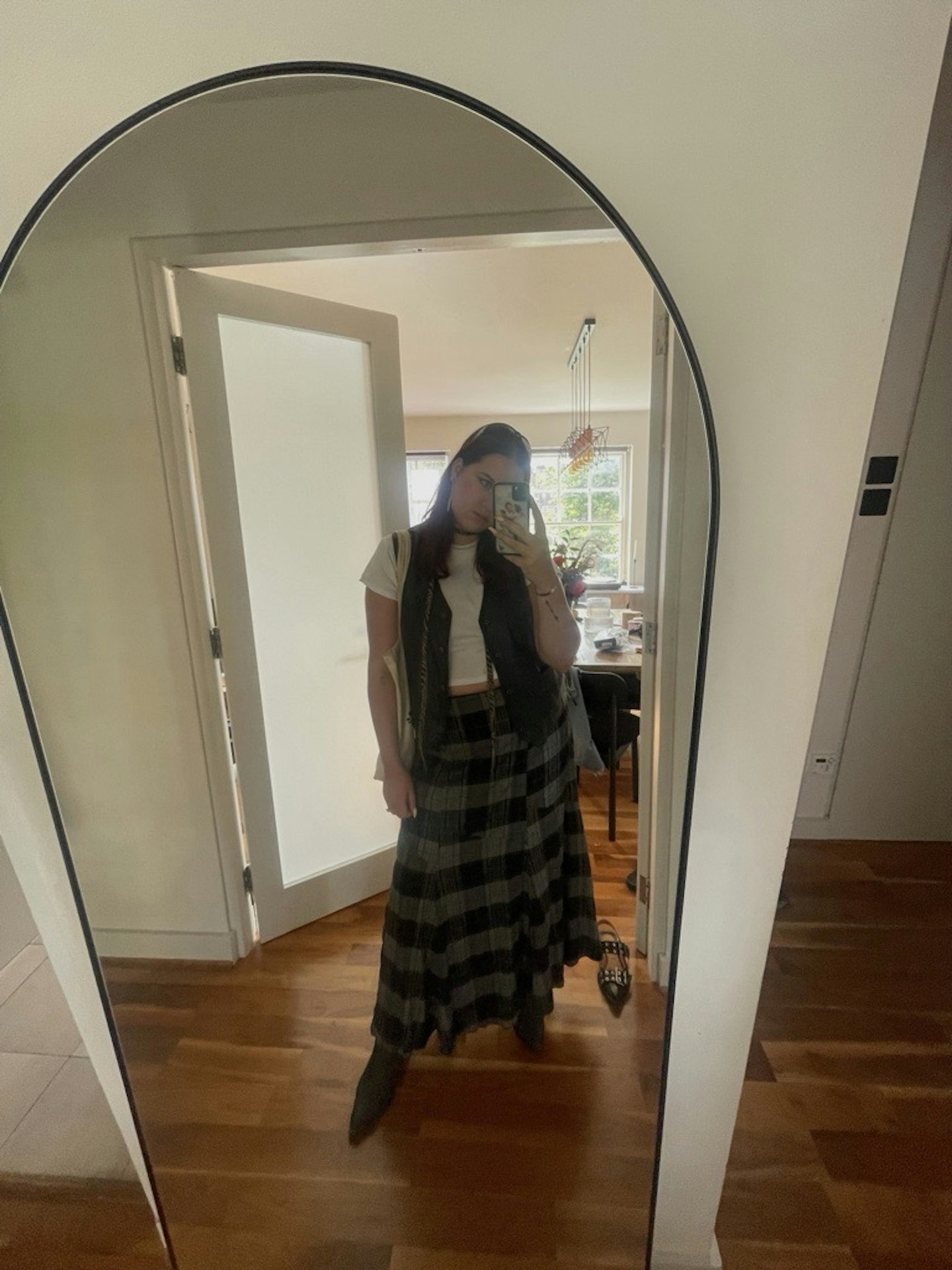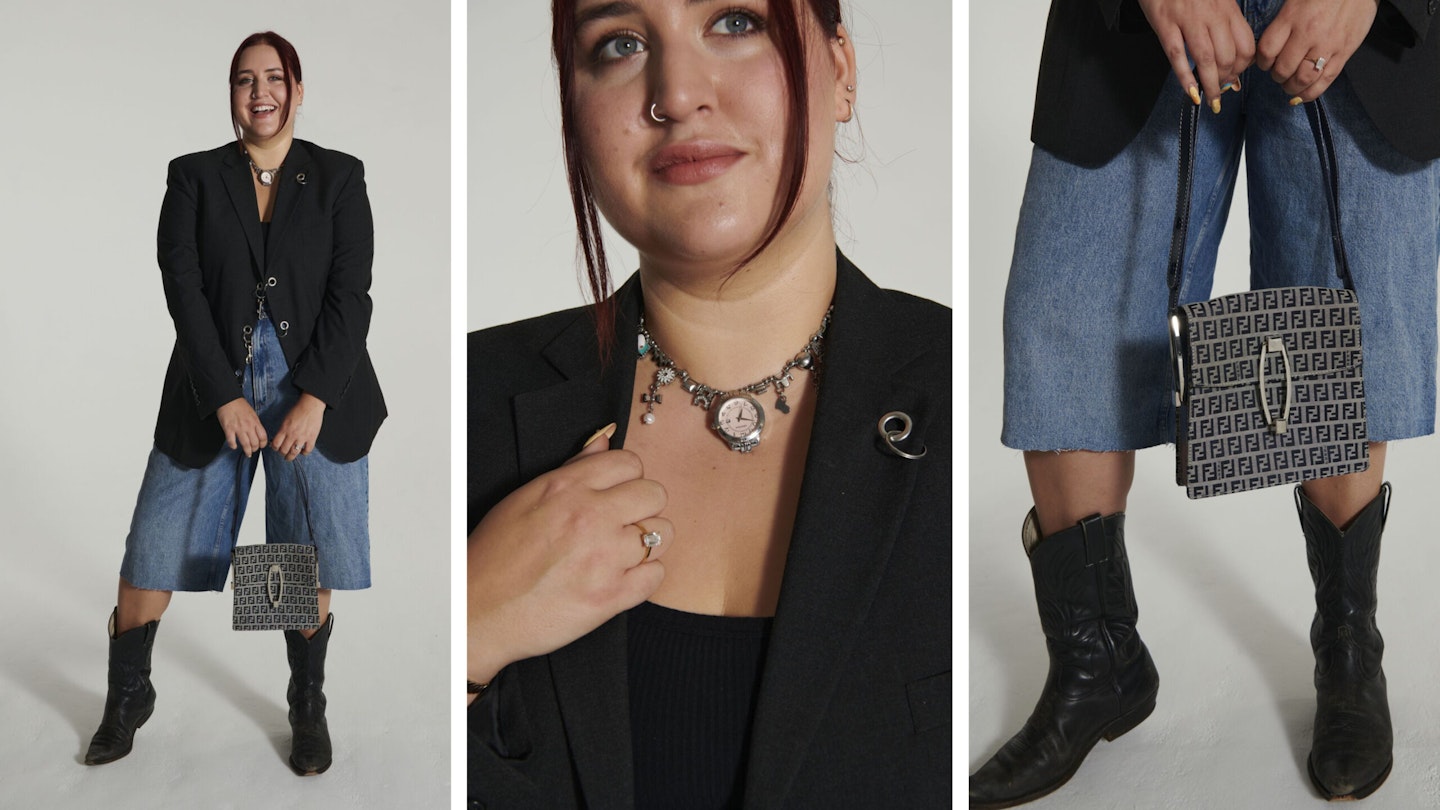Some people sleep in on Saturdays. Others play football. I choose to engage in another kind of competitive sport: kilo sale shopping, a no-holds-barred event that involves rifling through vintage clothes and paying by weight at the end. However, time and time again, after hunting through rail after rail, an all too familiar feeling often comes over me. It’s the same one I get in a Zara fitting room... nothing here is for me. While my friends leave a vintage shopping trip with bags full of slip dresses, miniskirts, and perfectly-lived-in Levi’s, I find only a men’s button-down shirt and a pair of jeans (which were supposedly my size, but I would later discover wouldn’t go past my knees).
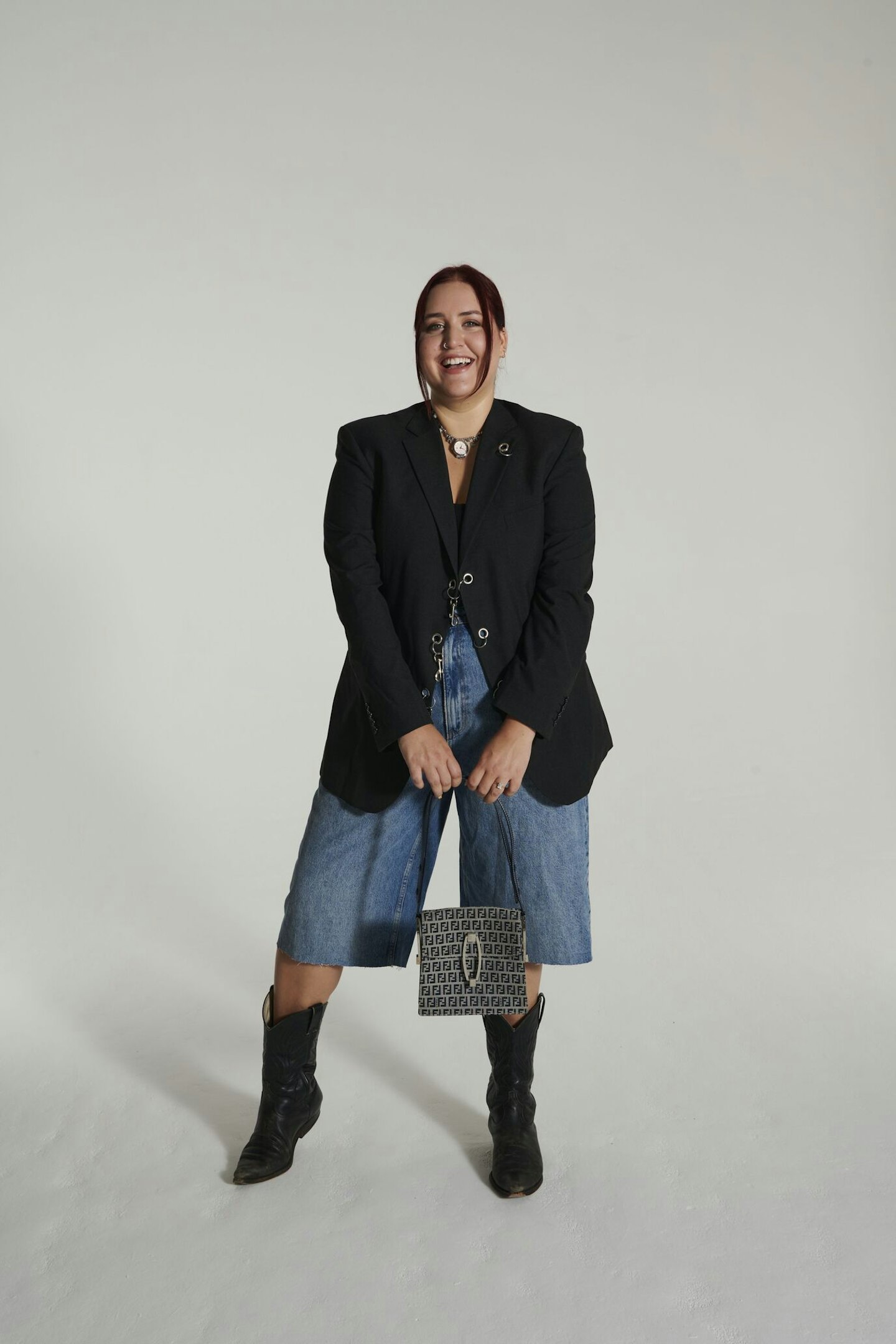
I’ve loved vintage clothing since I was a little girl – and treated my mum’s wardrobe like a boutique growing up, waltzing down the school hallways, aged 12, toting a ’90s handbag and my grandmother’s costume jewellery from the ’60s. Shopping second-hand is not only more sustainable but an affordable option for those of us looking for higher quality items at a lower price point. There’s also the undeniable satisfaction that comes from saying, ‘Thanks, it’s vintage,’ when someone compliments your outfit. But much like the rest of fashion, the vintage and second-hand industry often fails to cater to the curve and plus-size market, especially from curated resellers who tend to stock petite and ‘straight’ sizes.

The challenge in finding plus-sized vintage options isn’t down to sellers alone. The fashion industry has been ignoring plus sizes since the beginning of time, meaning the pool of items is smaller to begin with, particularly when it comes to luxury labels. That said, resale platforms such as Vinted and Depop are starting to change the game. And while they can still be overwhelming in comparison to shopping IRL, where you can at least try everything on, understanding how to use them can be a revelation.
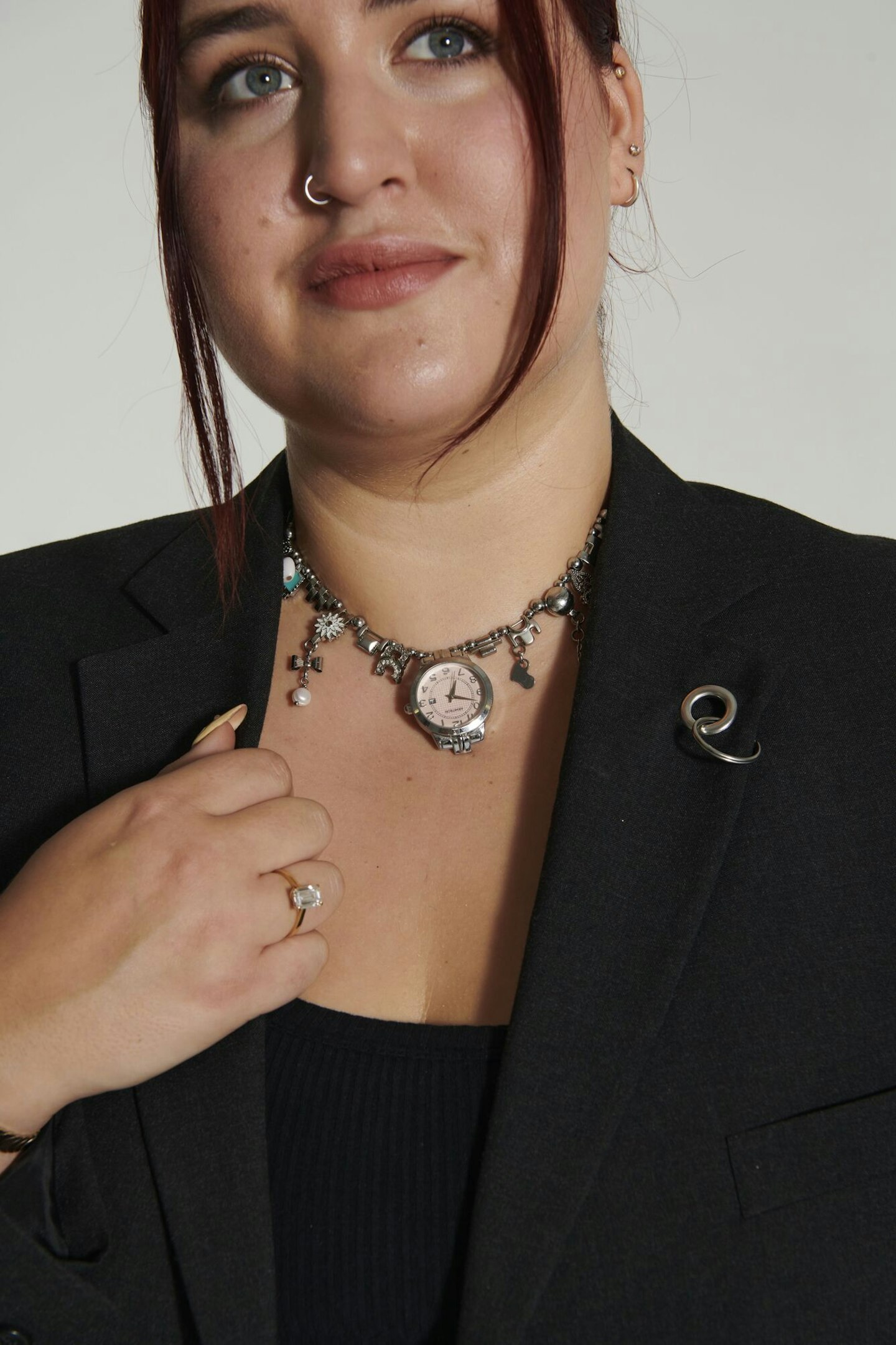
My words of wisdom are to always use the ‘filter by size’ feature – suddenly your 600 pages of black trousers turn into 15 pages of viable options. Keep an eye out for ‘oversized’ or menswear options.

For me, one of the most disappointing parts of shopping vintage as a size 18 is the lack of unique pieces available. I’m unlikely to ever find a vintage Versace top or Moschino jeans in my size. But I look to reworked or upcycled vintage brands such as MadSeventies, Slow Rose Studio or Sweaty Pigeon, which breathe new life into old, tired pieces. A little DIY can go a long way; or seek out a local tailor.
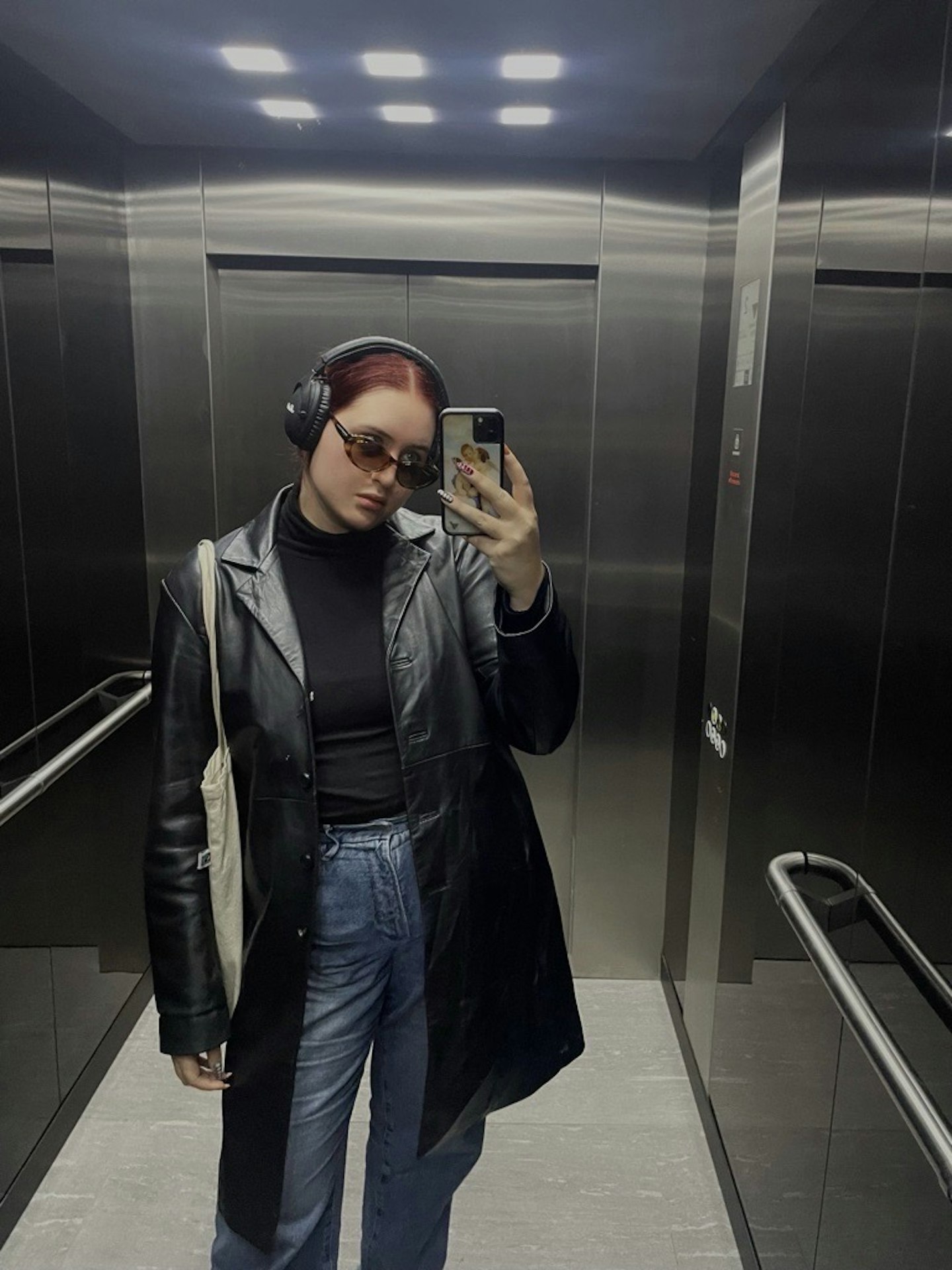
Clothes shopping can be exhausting for curve and plus-size people, but vintage shopping presents an additional challenge. Change is happening, albeit slowly, as the conversation around inclusive resale platforms grows. Until then, I’ll keep rummaging, scrolling and, in the words of Tim Gunn, ‘making it work’.
